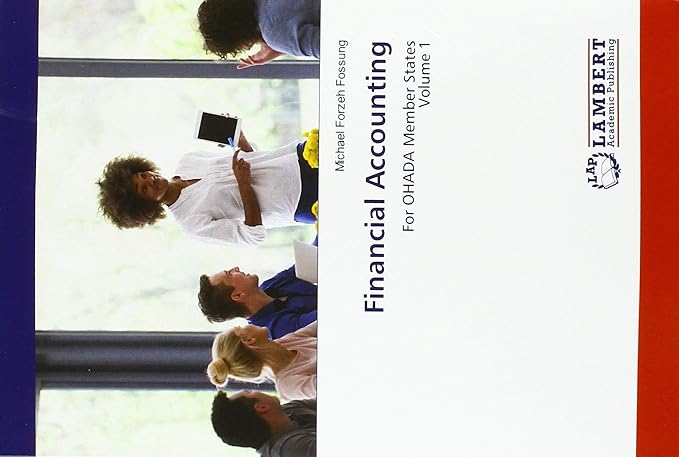| Question 1. 1. (TCO 11) The four cost categories in a cost of quality program are (Points : 5) | product design, process design, internal success, and external success. prevention, appraisal, internal failure, and external failure. design, conformance, control, and process. design, process specification, on-time delivery, and customer satisfaction. | | Question 2. 2. (TCO 11) _____ is a formal means of distinguishing between random and nonrandom variation in an operating process. (Points : 5) | Statistical process control (SPC) A Pareto diagram A cause-and-effect diagram A fishbone diagram | | Question 3. 3. (TCO 11) Delays in customer-response time occur because of (Points : 5) | uncertainty about when customers will order products. unused capacity that impedes average manufacturing time. customers' response in paying invoices on time. overemphasis on measuring time drivers. | | Question 4. 4. (TCO 11) Design engineering is an example of (Points : 5) | external failure costs. internal failure costs. prevention costs. appraisal costs. | | Question 5. 5. (TCO 11) Regal Products has a budget of $900,000 in 20X3 for prevention costs. If it decides to automate a portion of its prevention activities, it will save $60,000 in variable costs. The new method will require $18,000 in training costs and $120,000 in annual equipment costs. Management is willing to adjust the budget for an amount up to the cost of the new equipment. The budgeted production level is 150,000 units. Appraisal costs for the year are budgeted at $600,000. The new prevention procedures will save appraisal costs of $30,000. Internal failure costs average $15 per failed unit of finished goods. The internal failure rate is expected to be 3% of all completed items. The proposed changes will cut the internal failure rate by one-third. Internal failure units are destroyed. External failure costs average $54 per failed unit. The company's average external failures average 3% of units sold. The new proposal will reduce this rate by 50%. Assume that all units produced are sold and there are no ending inventories. How much will appraisal costs change assuming the new prevention methods reduce material failures by 40% in the appraisal phase? (Points : 5) | $60,000 increase $12,000 decrease $30,000 decrease $240,000 decrease | | Question 6. 6. (TCO 12) The amount of time between when a customer places an order for a product or requests a service to when the product or service is delivered to that customer is called (Points : 5) | customer-response time. order receipt time. order delivery time. manufacturing lead time. | | Question 7. 7. (TCO 12) Obsolescence is an example of which cost category? (Points : 5) | Ordering costs Carrying costs Labor costs Quality costs | | Question 8. 8. (TCO 12) The economic order quantity ignores (Points : 5) | purchasing costs. relevant ordering costs. stockout costs. Both A and C are correct. | | Question 9. 9. (TCO 12) Increases in the carrying cost and decreases in the ordering cost per purchase order result in (Points : 5) | smaller relevant total costs. larger relevant total costs. smaller EOQ amounts. larger EOQ amounts. | | Question 10. 10. (TCO 12) Liberty Celebrations, Inc., manufactures a line of flags. The annual demand for its flag display is estimated to be 100,000 units. The annual cost of carrying one unit in inventory is $1.60, and the cost to initiate a production run is $40. There are no flag displays on hand but Liberty had scheduled 60 equal production runs of the display sets for the coming year, the first of which is to be run immediately. Liberty Celebrations has 250 business days per year. Assume that sales occur uniformly throughout the year and that production is instantaneous. If Liberty Celebrations does not maintain a safety stock, the estimated total carrying cost for the flag displays for the coming year is (Points : 5) | $2,000. $2,200. $2,400. $3,000. | |






